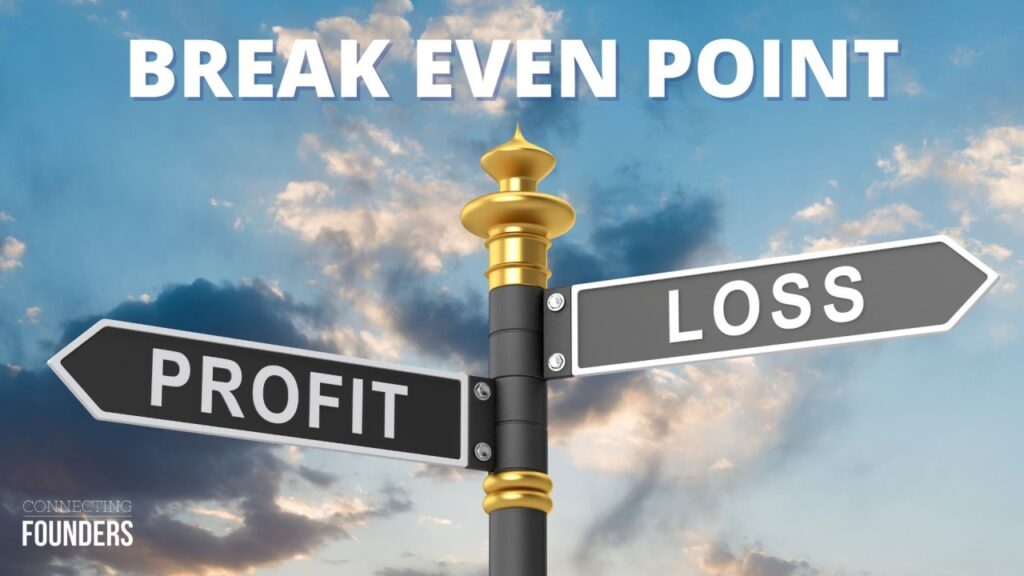

written by
EVIE CHOMCHUEN
Know Your Break Even Point
When will I break even? It’s one of the most important questions entrepreneurs running or starting small to medium-sized businesses should be asking themselves to build more resilient companies. Knowing your break even can give you powerful insights on how to avoid failure and even expand your business.
What is a Break-Even Point?
The break-even point simply means the business is making just enough revenue to cover its total operating costs, so you’re not making a profit nor are you losing for money.
For new businesses, establishing the break-even point can contribute to the planning of its sale volumes and the required level of production to be profitable. Also, the break-even calculation is crucial information to be presented to potential investors, who not only want to know the expected return but when they could expect to realize the return.
Break-Even Point Components:
When starting a new business, oftentimes entrepreneurs are driven by market competition, expansion, profitability, and therefore putting their focus on “how much should they charge”. But with the break-even calculation in mind, businesses are encouraged to rather ask “how much can they charge”, so that they cover all the costs — fixed costs and variable costs:
Fixed Costs: Indirect costs that are not related to or affected by the level of production or input. Broadly, fixed costs remain the same and need to be paid no matter what. For example: rent, salaries, taxes, insurance.
Variable Costs: Direct costs that vary directly with the level of output and result in a scale of production or service. For example: raw materials, direct labor, commissions.

Unit Economics: price per unit that refers directly to each revenue and cost, measured by dividing each individual cost by the total sale units.

These three components — fixed costs, variable costs, unit economics — are essential in finding break-even points, as the calculation can help businesses determine how much they can charge (how much to up the price from the initial variable cost per units) to make up for the total bill or even to make a profit.

From the example, the business’s total revenue comes in short when setting the price too low, as multiplying the selling price only 1.5 times the initial variable cost (per 1,000 units) is not enough to also cover the fixed cost, and therefore not the total bills.
By multiplying the selling price 4 times the initial variable cost (per 1,000 units), the revenue can cover all the bills while making a profit, but this only works if customer demand for a more expensive pricing is guaranteed.
But by setting the selling price just right by aiming for the revenue that exactly matches the total bills, in this case it’s 3 times the initial variable cost, the business neither gains nor loses profit. In other words, it has found the break-even point.
By determining at how much a product can be sold, a business can then calculate the percentage of both the variable cost and fixed cost in the total bill.
Simply by dividing 100 by the multiplied scale (2X, 3X, 4X, etc.), the result will amount the variable cost percentage, and the rest that adds up to 100 will be the fixed cost percentage.

Having both the costs put in percentage is important for businesses to easily outline their financials and understand the correlation of both the costs as it plans to grow. Also, it can be useful when calculating a break-even point using this formula:

Finding a break-even point can help businesses price smarter as it lays out financial commitments and limits expense surprises. By knowing how break-even points can affect profitability, entrepreneurs can set realistic goals on how much they can sell based on facts which could help avoid future failures while proving to investors that their plans are viable.





